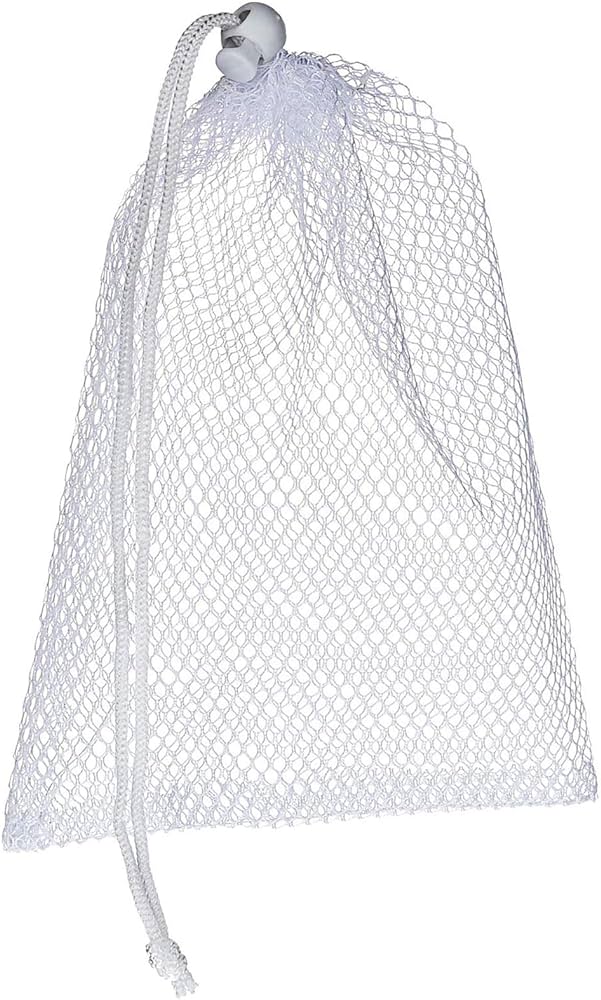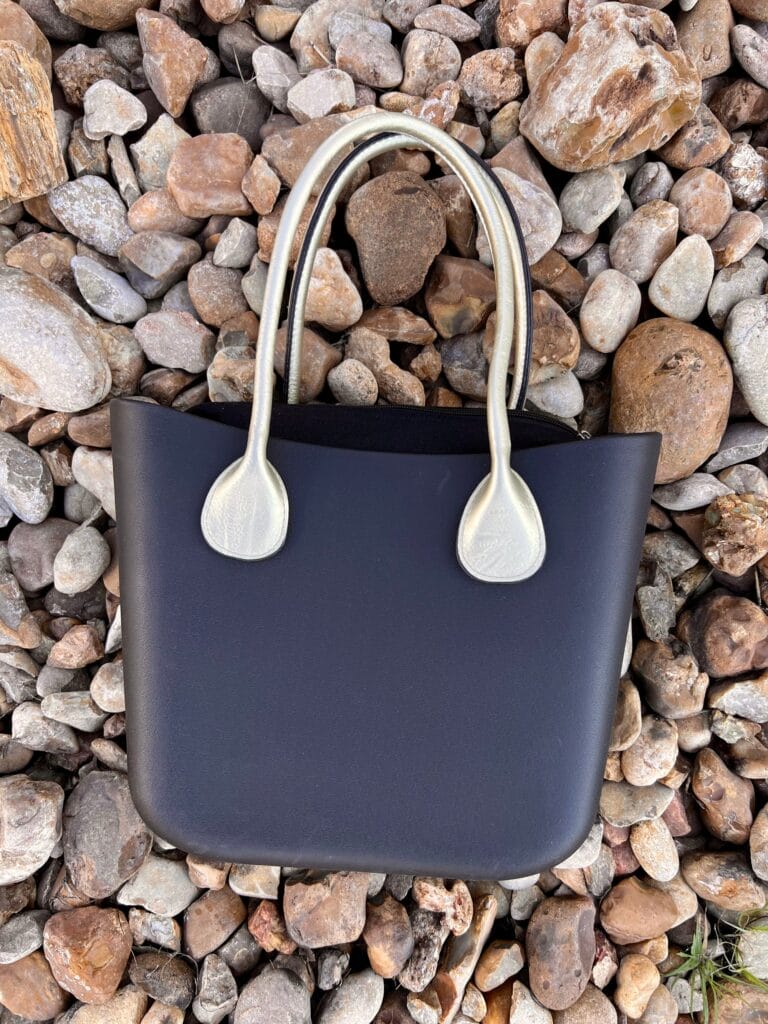Table of Contents
“Welcome to ‘What Are Backpacks Made Of? Exploring Materials.’ In this concise guide, we unravel the mystery behind the construction of backpacks. From traditional fabrics to modern innovations, we’ll delve into the materials that make up these essential carryalls. Discover nylon’s durability, polyester’s versatility, and eco-friendly alternatives’ sustainability. Whether you’re a student, hiker, or traveler, understanding backpack materials is key to choosing the perfect pack. Join us on this exploration of backpack construction, where simplicity meets insight into the world of material science.”
lets dice deep into the Top 7 Best Backpacks for College Students

Nylon:
Nylon, an incredibly adaptable synthetic material, has transformed backpacking. Because of its strength, lightweight, and water resistance, it’s an excellent material for making these necessary accessories. When considering the materials used to make backpacks, nylon is one of the most popular choices.
Nylon backpacks combine style and utility in the ideal way. Whether you wear them for commuting to work or going on regular hikes, they are durable enough to endure the demands of use. Furthermore, because of nylon’s elasticity, stylish designs and vivid colors can accommodate a wide range of tastes and preferences.
Whether used for a stylish urban backpack or tough outdoor equipment, nylon offers the durability and strength required to comfortably carry necessities. Since it can combine strength and style in just the right amounts, nylon backpacks are a classic option for anyone looking for dependability and trendy appeal.

Polyester
Synthetic polymers like polyester are the most popular choice for backpack materials. They’re the perfect material to construct these commonplace accessories because of their durability and versatility. Polyester, frequently made from petroleum, has a strong structure that can resist normal wear and tear. It is frequently used in the manufacture of backpacks, which are essential tools for travelers, learners, and explorers alike.
Polyester has risen to the top of the backpack industry due to its durability and simplicity of maintenance, replacing natural fabrics like cotton or canvas. Polyester is a material that is abundant in traits that modern consumers seek: lifespan and dependability. Its water-resistant qualities protect possessions from the weather, giving users peace of mind whether traveling through cities or on outdoor trips. Polyester backpacks offer flair and utility, whether traversing city streets or hiking through the countryside. These reliable allies provide convenience without sacrificing style, perfectly capturing the spirit of modern accessory design in today’s hectic environment.
Canvas Backpacks are a popular option because of their strength and adaptability. Canvas is a material particularly noteworthy for its strength and durability in backpack construction. Usually made of cotton, canvas backpacks are a durable and fashionable choice for daily usage or outdoor excursions. Although leather, nylon, and polyester are frequently used in backpack construction, cotton canvas is still a classic choice.
Take into account your demands and preferences while selecting a bag. A backpack made of cotton canvas blends style and utility, making it appropriate for various settings and events. A canvas backpack provides plenty of room for storage and comfort, making it a great choice for work, school, or weekend trips. Its natural fibers offer breathability and environmental friendliness, and its robust structure guarantees longevity. Thus, consider the timeless charm of a cotton canvas bag the next time you’re looking for a trustworthy travel partner.

Cordura
One of the most well-known brands of backpack fabrics, Cordura, is a symbol of toughness and longevity. Cordura fabric is the material of choice for backpacks; it is widely used by commuters, outdoor lovers, and explorers alike. Made of nylon, Cordura backpacks are so strong that they outlast backpacks made of polyester. Their sturdy design guarantees durability, and they easily withhold the rigors of regular use and outdoor adventures.
Cordura stands out for its exceptional ability to repel water, protecting your things from sudden downpours and spills. Unmatched security and peace of mind are provided with Cordura backpacks, whether you’re traversing busy metropolitan streets or tough terrain. No matter the journey, your stuff is safe and dry with Cordura. Select Cordura for a travel companion that is made to endure the demands of any adventure, wherever it may take you. Cordura is a reliable, functional, and stylish option.

Leather
Leather has been valued for centuries for its enduring beauty, grace, and toughness, making it an excellent material for creating premium backpacks. Well known for its adaptability, leather guarantees both style and usefulness by blending in with a wide range of shapes and types. Leather backpacks are the best since they can withstand much wear and tear better than other materials. Leather is resilient to everyday wear and tear and offers a longer lifespan than other materials.
The strength and aesthetic appeal of leather backpacks are what make them so appealing. Rich colors and a silky feel make leather seem elegant and sophisticated. Additionally, the natural materials that leather is compatible with guarantee comfort, and the ergonomic support provided by the cushioned shoulder straps allows for extended wear. Leather backpacks are reliable travel companions that effortlessly combine style and substance, whether you’re visiting bustling cities or harsh terrain.

Ripstop:
The robust and adaptable properties of ripstop fabric have entirely transformed the design of backpacks. It is highly resilient to rips and punctures due to its unique grid pattern and strengthened threads, making it perfect for withstanding the demands of outdoor experiences. Nowadays, backpacks made of ripstop—a lightweight yet durable material—benefit from this innovation.
Because ripstop can endure rugged terrain and severe weather, backpack designers have embraced this material, giving users piece of mind when traveling. Ripstop backpacks are dependable and long-lasting, whether you’re hiking across tough terrain or negotiating an urban jungle.
Since sustainability is becoming increasingly important, ripstop’s toughness helps backpacks last longer between repairs, which minimizes environmental impact and lessens the need for frequent replacements. As travelers and adventurers look for equipment that can keep up with their active lifestyles, its appeal grows. Ripstop has become a standard material for backpacks and has built a strong name for itself in this field.

Mesh:
Because of its breathability and durability, Mesh is a versatile material frequently used in backpack construction. Mesh, frequently composed of nylon or polyester fibers, permits air to pass through, keeping the wearer cool and avoiding moisture accumulation. Mesh backpacks are strong and lightweight, which makes them perfect for outdoor pursuits like hiking and camping. Because of the material’s elasticity, expanding different products without needlessly adding bulk is also made easy. Furthermore, mesh backpacks frequently have water-resistant coatings inside to shield contents or unexpected showers. Mesh backpacks are practical and fashionable, whether you’re traversing city streets or rugged terrain. Given their resilience to weather and versatility in many settings, it’s no surprise that they continue to be a well-liked option for both city people and outdoor enthusiasts.

EVA Foam:
Ethylene-vinyl acetate foam, or EVA foam in short, is a multipurpose material well-known for being both lightweight and resilient, making it a great option for a wide range of applications. The impact-absorbing characteristics of EVA foam provide excellent protection for anything from padding in athletic equipment to padding in footwear.
EVA foam is a key component in backpacks since it offers comfort and support. It ensures that weight is distributed equally, which lessens pressure on the wearer’s shoulders and back. It is frequently found in the straps and back panels of backpacks. Its resilience increases longevity, which also helps maintain the backpack’s structure and form over time.
Although backpacks can be made from various materials, such as canvas, nylon, and polyester, those with EVA foam components are particularly notable for their increased durability and comfort. Because of this, EVA foam is a crucial part of contemporary backpack construction, guaranteeing that the bags will endure the rigors of regular usage while offering the wearer the best possible comfort.
